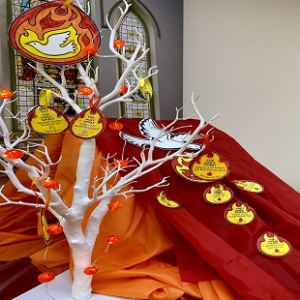Autism and the Church – A place of Welcome and Belonging
Autism is a developmental disorder that affects communication and social interaction. People with autism often have difficulty understanding nonverbal cues, such as body language and facial expressions. They may also have trouble initiating or sustaining conversations. As a result, people with autism can appear to be aloof or uninterested in others. Their social skills can be blunt or inappropriate, and they may have difficulty understanding the feelings of others. The characteristics of autism are wide-ranging. Some people with autism are able to lead independent lives outside of their family homes, while others need constant supervision.
The exact causes of autism are not yet known. Researchers have identified several factors that may play a role in the development of autism. There is no one answer to the question of what causes autism. Autism Spectrum Disorder (ASD) is a complex developmental disability that can result from a variety of different factors. Researchers believe that both genetic and environmental factors play a role in the development of ASD.
Barriers to inclusion in churches?
There are many barriers to inclusion in churches for people with autism. One of the biggest barriers is a lack of understanding about what autism is and how it affects people. Many people with autism want to be involved in their church community, but they may not be able to communicate or interact in the same way as other members. This can make it difficult for them to participate in activities or feel like they belong. Another barrier to inclusion is that many churches are not designed with people with autism in mind. For example, there may be loud noises or bright lights which can be overwhelming for someone with autism. There may also be large groups of people, which can make it difficult for someone with autism to focus on one thing or feel comfortable.
The good news is that there are ways to overcome these barriers and make churches more inclusive for everyone. There are many ways to make churches more inclusive for people with autism. One way is to have a special needs ministry or class. This will give people with autism a place to feel comfortable and included. Another way is to have an Autism Awareness Day where the church can learn about autism and how to best support people with autism. Finally, it is important to be aware of the sensory needs of people with autism and make accommodations as needed. By taking these steps, churches can become more welcoming and inclusive for all.
Enabling Church Communities
When it comes to inclusion in the church, people with autism often face many challenges. They may have difficulty with social interaction, communication, and understanding social cues. As a result, they may feel isolated and excluded from the church community. There are many ways that churches can become more inclusive of people with autism. One way is by providing training for staff and volunteers on how to interact with and support people with autism. It is also important to create an environment that is welcoming and accommodating to people with autism. This may include making sure the building is accessible and providing materials in alternative formats (e.g., large print or audio). By taking these steps, churches can become more inclusive of all members of their community, including those with autism. In doing so, they can provide a supportive environment where everyone can feel welcome and valued.
Best practices for inclusion
When it comes to inclusion, there are a few best practices that churches can follow to be more inclusive towards individuals with autism. First and foremost, it’s important to educate the church community about what autism is and how it can present itself. This understanding will go a long way in ensuring that everyone feels comfortable and respected. Additionally, churches should create an environment that is sensory-friendly for those with autism. This may include dimming the lights, reducing noise levels, and providing fidget toys or other visual aids. Finally, it’s crucial to be patient and flexible when working with individuals with autism. Each person is unique and may have additional needs which require different accommodations to fully participate in church activities. By being informed and following best practices, churches can become more inclusive environments for all.




